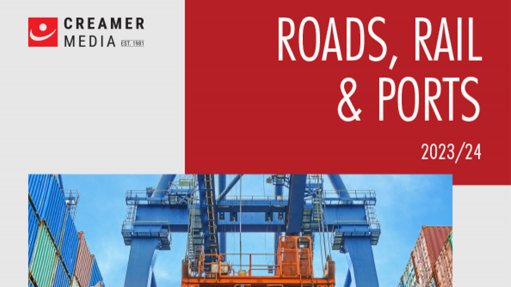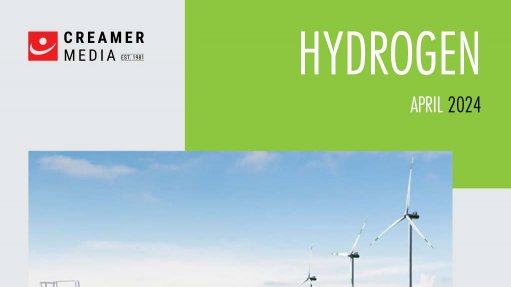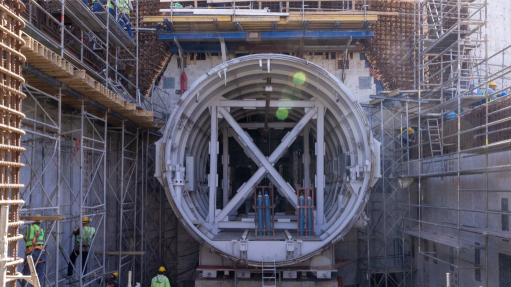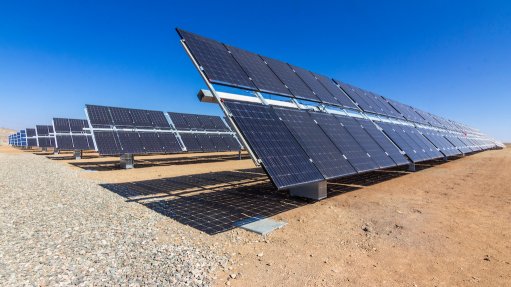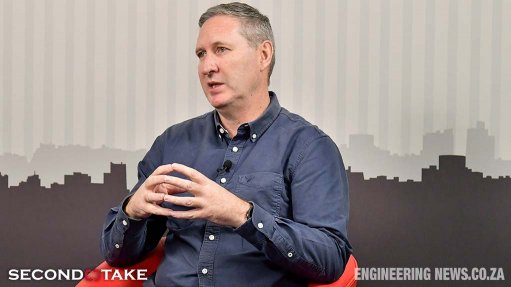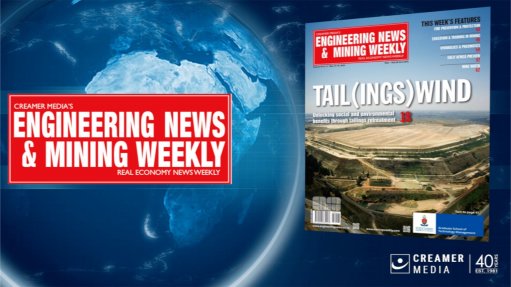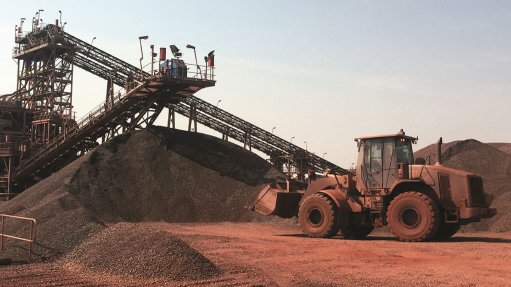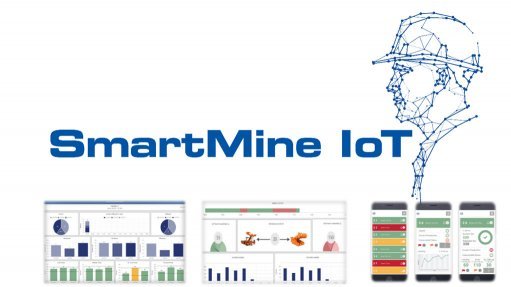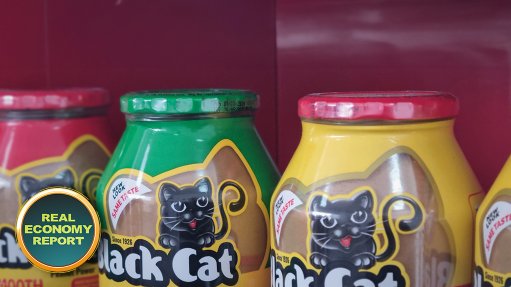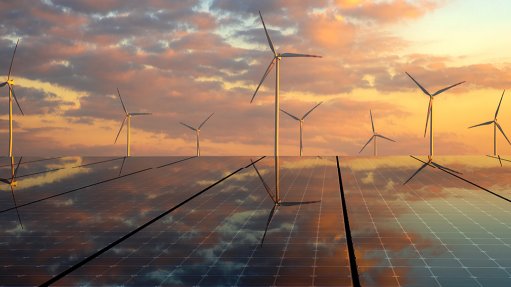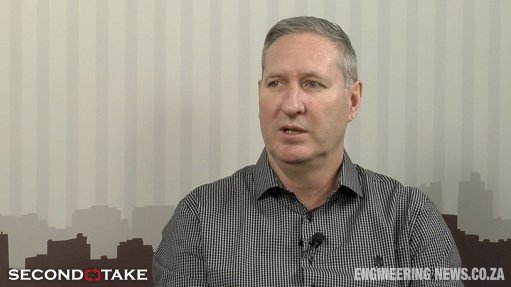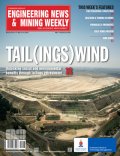Siemens demonstrates Curiosity Mars Rover capabilities

Siemens communications and government affairs manager Keshin Govender explains the significance of a working replica of the Curiosity Mars Rover that is currently on Mars (Camerawork and editing: Nicholas Boyd). Some footage provided by Nasa and its Jet Propulsion Laboratory.
A working model of the Curiosity Mars Rover (Rover) – the biggest robot to land on Mars – was officially unveiled for the first time in Africa on Tuesday afternoon by multinational electronics company Siemens at its Future of Manufacturing Conference at the Birchwood Conference Centre in Boksburg.
The actual Rover landed on Mars in August 2012 after travelling more than 560-million kilometres over nine months to get to its destination, where it has one shot at every single obstacle it tackles.
"Its construction had to be perfect and to take every risk into account. This includes the design of all 90 000 parts that work together inside the Rover, the complex entry and landing sequence on the Martian surface, and its survival in the planet's harsh environment," said Siemens communications and government affairs manager Keshin Govender.
He explained that, for this reason, the Rover model is sent around the world to demonstrate how the complex robot was put together, tested and how it operates on a day-to-day basis – largely using Siemens’ engineering software.
"Its unveiling here has marked its first visit to Africa," he stated.
Govender pointed out that, given the little knowledge among people of the extensive manufacturing and technology that had gone into assembling the Rover, the conference presented an ideal opportunity to inform the industry on its extensive simulation and testing processes on earth that make planetary exploration possible.
In partnership with US-based research and development centre Nasa - or the National Aeronautics and Space Administration - Siemens used its computer-aided engineering software to test and simulate how the thousands of Rover parts would work together, and how much stress they could take from temperature, friction and pressure changes during the mission, using what is called kinetic simulation.
The Rover was put through the vacuum and extreme cold of deep space and also repressurised in the Martian atmosphere where it experienced extreme wind speed, vibration, noise, G-forces and then scorching heat and freezing cold.
Govender highlighted that the Rover does not make a move on Mars without it first being tested or simulated in some way.
An exact replica of the Rover is used at the Mars Yard at Nasa's Jet Propulsion Laboratory, where it is used to attempt recreated Martian obstacles before the one on Mars has a go at them.
The model unveiled at the conference is two-thirds of the size of the one on Mars and does not have a nuclear power source and laser.
Comments
Press Office
Announcements
What's On
Subscribe to improve your user experience...
Option 1 (equivalent of R125 a month):
Receive a weekly copy of Creamer Media's Engineering News & Mining Weekly magazine
(print copy for those in South Africa and e-magazine for those outside of South Africa)
Receive daily email newsletters
Access to full search results
Access archive of magazine back copies
Access to Projects in Progress
Access to ONE Research Report of your choice in PDF format
Option 2 (equivalent of R375 a month):
All benefits from Option 1
PLUS
Access to Creamer Media's Research Channel Africa for ALL Research Reports, in PDF format, on various industrial and mining sectors
including Electricity; Water; Energy Transition; Hydrogen; Roads, Rail and Ports; Coal; Gold; Platinum; Battery Metals; etc.
Already a subscriber?
Forgotten your password?
Receive weekly copy of Creamer Media's Engineering News & Mining Weekly magazine (print copy for those in South Africa and e-magazine for those outside of South Africa)
➕
Recieve daily email newsletters
➕
Access to full search results
➕
Access archive of magazine back copies
➕
Access to Projects in Progress
➕
Access to ONE Research Report of your choice in PDF format
RESEARCH CHANNEL AFRICA
R4500 (equivalent of R375 a month)
SUBSCRIBEAll benefits from Option 1
➕
Access to Creamer Media's Research Channel Africa for ALL Research Reports on various industrial and mining sectors, in PDF format, including on:
Electricity
➕
Water
➕
Energy Transition
➕
Hydrogen
➕
Roads, Rail and Ports
➕
Coal
➕
Gold
➕
Platinum
➕
Battery Metals
➕
etc.
Receive all benefits from Option 1 or Option 2 delivered to numerous people at your company
➕
Multiple User names and Passwords for simultaneous log-ins
➕
Intranet integration access to all in your organisation





